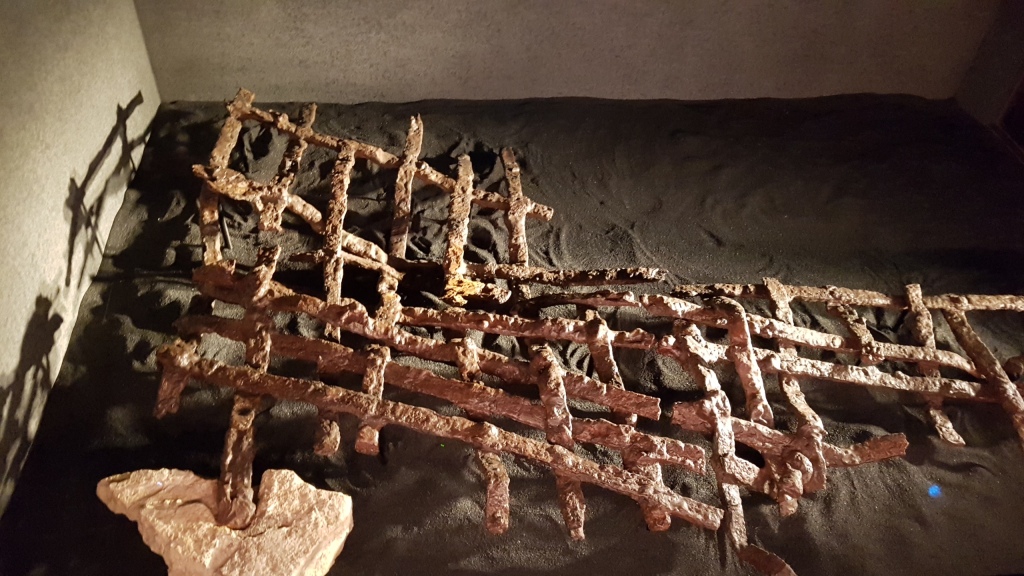
On a wet Monday I headed off The British Museum, having bought a ticket the week before. I needed some inside entertainment during a week that looked rainy! And the Romans have always interested me!
The exhibition was busier than I expected, especially as Covid restrictions are still in force, but things improved once I managed to get out of the first room. The first room was a slow wait-in-line slog where the statues referring to Nero’s family tree was. A complicated tree it is too! Adopted sons, second marriages, all to keep ‘the line’ going.

Nero was only sixteen when he became ruler, and his mother, Agrippina, was very much influencing the way things went. Coins show her alongside her son, but as the years rolled by, she faded more in to the distance on the coins as Nero became his own man, and resented his mother’s interference. Later she was accused of conspiring against Roman leaders, and though it seemed that Nero and his mother had reconciled, Agrippina was later found dead. She had either been forced to commit suicide or was killed by one of Nero’s men.

The exhibition showcases Nero’s life and busts some of the myths. Nero appears to have been well liked by the people, and he was popular with his supporters, at least to start with. But isn’t that the way with the Romans – good start, plotted against later!
Nero inherited war, but after the uprising in Britain Nero sent a special official to improve administration and to instigate reform and rebuild.
While Prince, Nero enjoyed performing at the circuses. Gladiatorial games and charity racing were popular pass times, as were performances of plays on stage, in which Nero took part.

The fire in Rome in the year AD64, was rumoured to have been started by Nero, but in fact he was not even there when the fire happened. It burned over nine days, destroying great chunks of the city. To appease the gods Nero blamed a Jewish sect.He rounded them up and had them executed ‘by fire’ to fit the crime.

Nero helped the citizens after the fire and rebuilt the city. He instigated new practices and legislation in an urban building plan. His own palace had been caught in the fire, so he set about building a new lavish one.

Nero married three times. His first wife Claudia Octavia, was betrothed to him when they were children and she was about 13 when they married. Later divorced from Nero and banished, she was executed in AD62 on charges of adultery. Poppaea Sabina, his second wife died, possibly after a miscarriage. Needing heirs, Nero married Statilia Messalina and she outlived Nero.
Popularity began to wane from about AD65, as plots began and disaffected groups and discontent led to conspiracy. In the end, Nero knew he had no choice but to end his life.He fled Rome with a loyal freedman who was his secretary, and it was he who helped Nero commit suicide.

As was common, after Nero’s death, his statues were defaced, as if to wipe Nero out of history. But many statues were repurposed and re-carved to make the heads of new rulers, like the one below of Vespasian, who was one of the more successful rulers from those who followed Nero.

Despite his death, Nero continued to remain a popular figure with people He was a complex character, but then what Roman ruler wasn’t?!
